 spieth12@spiethstorage.com
spieth12@spiethstorage.com +86 18006010205
+86 18006010205
-
Time:9/16/2025
-
Time:9/15/2025
-
Time:9/10/2025
-
Time:9/5/2025
-
Time:9/2/2025
-
 Tel : +86 18006010205
Tel : +86 18006010205
-
 E-mail : spieth12@spiethstorage.com
E-mail : spieth12@spiethstorage.com
-
 Address : Tongan Park, Tongan District, Xiamen, China 361023
Address : Tongan Park, Tongan District, Xiamen, China 361023
The main causes of pallet damage and prevention methods
 Time:11/25/2021
Time:11/25/2021 2258
2258Why you should care about your pallet?
Pallets are essential in the daily operations of a warehouse. Although pallets come in many different materials, wooden and iron pallets are still by far the most widely used. Despite the sturdiness of pallets, many accidents can occur in warehouses. The journey from the truck to the pallet rack can be long, and there are many accidents along the way that can befall the pallets themselves and the items within them.
Some of these are genuine user error, some stem from items being packaged incorrectly, and some stem from structural problems, all of which can be dangerous. So you should know the main causes of pallet damage and follow these tips to prevent them from being damaged.
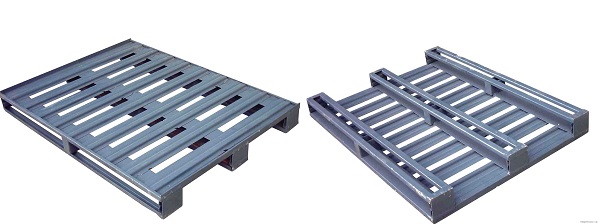
Common causes of pallet damage and solutions
Improper packaging
The items on the pallet itself may be one of the most common sources of damage due to weight transfer or structural problems. Especially if the pallet rack is sealed after the items are stacked, any items that are not placed correctly (e.g., to the side, or in a way that could crush other smaller items on the same pallet) can lead to damage to other items on the pallet as well as slats on the pallet itself.
Solution: Make sure your team knows how to properly stack each pallet they create to prevent damage. Take the time to familiarize them with all the potential inventory items they may encounter and develop a plan to stack each pallet as safely as possible to prevent damage to items or pallets.
Weight imbalance
Again, if the weight of an item is not properly distributed on a pallet, it can damage the pallet, the item, and even the pallet rack it sits on. Items placed in the wrong weight order, or when there are too many heavy items on one side of the pallet, can end up damaging the pallet on which the items are placed, which can further damage the inventory or the surrounding environment.
Solution: Ensure that each member of your team understands the weight limit of a given pallet and knows how to balance it properly. If a pallet is too heavy to move on one side, you may need to take the time to disassemble and redo it in the long run for safety reasons.
Uneven stacking
Once pallets arrive on pallet racking, they need to be stacked as carefully as possible to maintain balance and stability on the racks. If pallets are not placed properly, they can damage items underneath them, collide with pallet rack uprights, or even damage the wire decking of the pallet rack they are on. In extreme cases, uneven stacking can cause pallets to fall to the floor, creating a significant risk of injury.
Solution: Stack pallet racks with similar pallet racks only as far as weight is concerned. If these racks are lifted by a forklift, make sure they are always lifted from the bottom to prevent damage or weight slippage.
Improper use of forklifts
The main risk of damage to pallets is the forklift used to transport them. If your workers are not using the forklift properly, or if a critical component of the forklift fails, pallets can be damaged by improper handling, lifting or transport.
The solution: Forklift training is the best way to prevent pallet damage and ensure employee safety. Therefore, it is important that you provide your employees with proper training on safety and lifting techniques to avoid pallet damage.
Excessively wet environments
Keeping wooden pallets from getting wet is critical to maintaining optimum condition. Many people believe that wooden pallets weaken and break when exposed to moisture. However, the real problem with wet pallets is mold.
Moisture does not affect the strength of the wood. It does, however, cause mold to grow and spread. For example, according to the FDA, food and pharmaceutical companies cannot accept products that have been exposed to mold.
The solution: The most effective way to protect pallets from moisture is to store them in a cool, dry and well-lit place.
Further Reading:
How should the shuttle shelf be used and what equipment is needed to go with it?
The perfect rack for tubes - cantilever racking
What the Heck Is Shuttle Shelf?
Anatomy of narrow aisle racking structure characteristics
Cautions for use in upper rack storage cages
-

-
 +86 18006010205
+86 18006010205 -
 +86 18006010205
+86 18006010205
 0
0







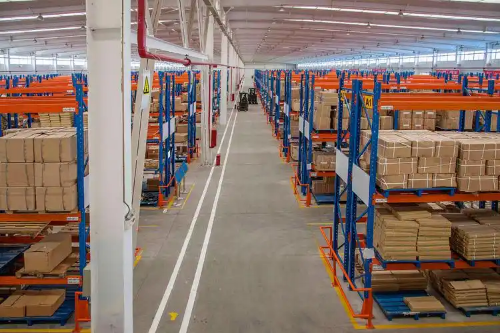
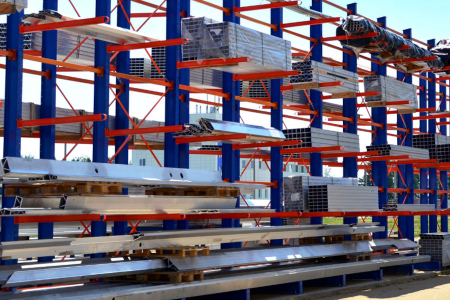
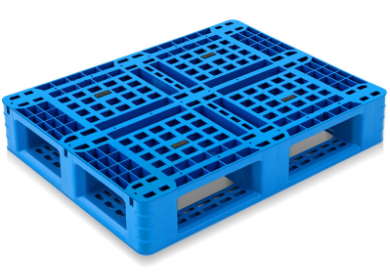
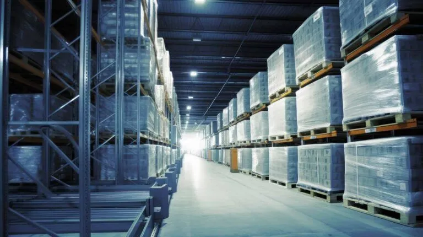
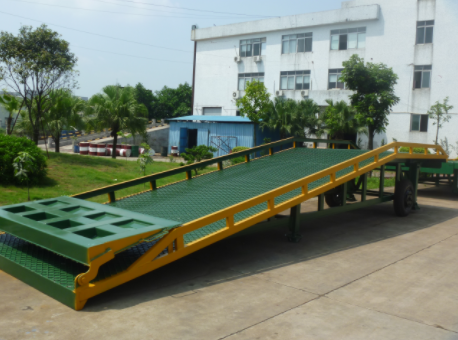






 link:
link:




